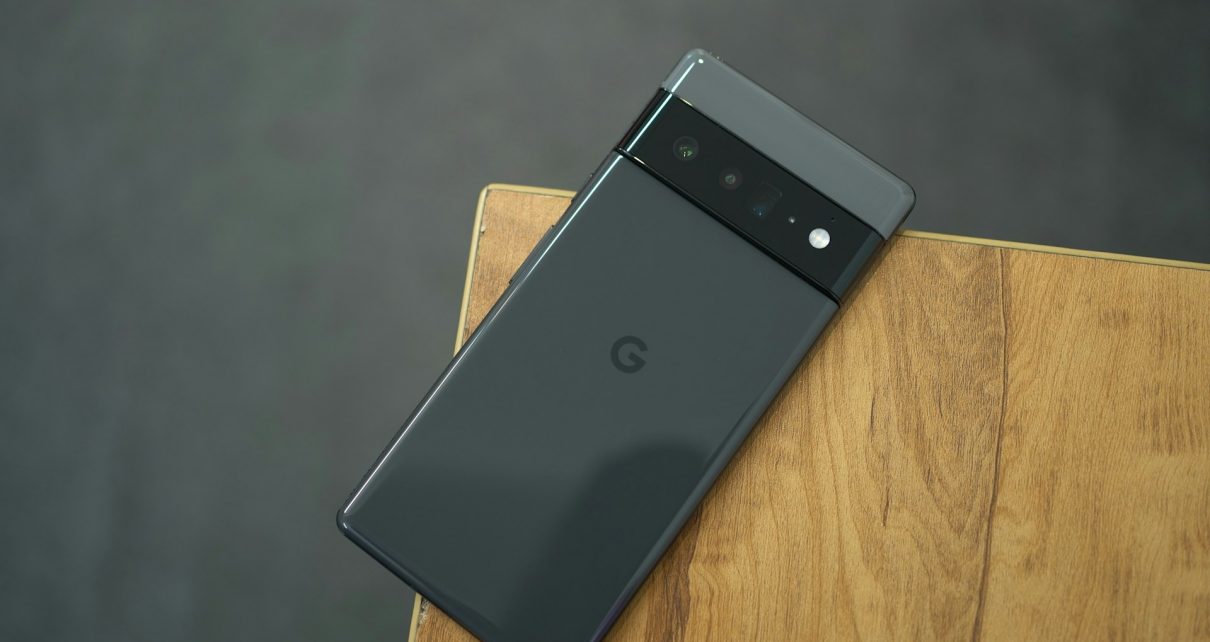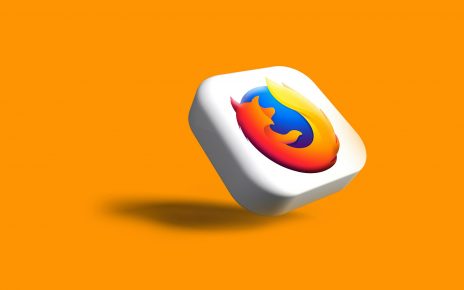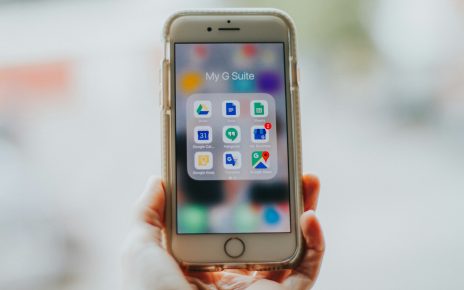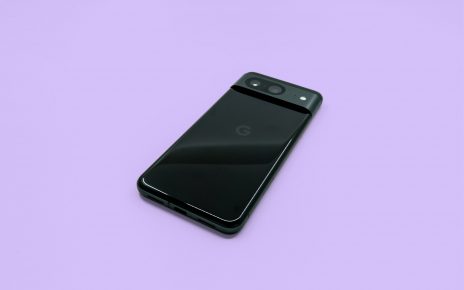As Google continues to refine its Pixel lineup, the Pixel 8 arrives as the next step in the company’s pursuit of delivering flagship performance. But how does it compare to the popular mid-range Pixel 6a? Whether you’re considering a budget-friendly option or looking for a device with more power and longevity, this side-by-side breakdown helps clarify the differences across design, display, performance, camera, and more.
Design and Build
The Pixel 6a, released in July 2022, features a 6.1-inch OLED display and a lightweight build with a plastic-glass back and metal frame. In comparison, the Pixel 8, which launched in October 2023, steps things up with a slightly larger 6.2-inch OLED screen and a more premium aluminum frame with Gorilla Glass Victus on the back for added durability. The Pixel 8 also carries IP68 water and dust resistance, an upgrade from the 6a’s IP67 rating.
While both phones use an in-display optical fingerprint sensor and offer similar button layouts, the Pixel 8 feels more polished and weighs slightly more at 187g compared to the 6a’s 178g. The newer model also improves ergonomics despite having nearly identical dimensions.
Display Experience
The Pixel 6a comes with a 60Hz refresh rate, standard for budget smartphones. The Pixel 8, on the other hand, delivers a smoother 120Hz refresh rate, significantly enhancing scrolling, gaming, and general responsiveness. Both devices feature Full HD+ resolutions (2400×1080), but the Pixel 8 achieves a higher screen-to-body ratio at nearly 87%, offering a more immersive viewing experience. It also gets brighter, peaking at 2000 nits, making it ideal for outdoor visibility.
Performance and Software
Under the hood, the Pixel 6a runs on Google’s original Tensor chip (5nm), accompanied by 6GB RAM and 128GB of internal storage. It’s efficient for day-to-day tasks but can show its limits under intensive usage.
The Pixel 8 is powered by the Tensor G3, featuring a 9-core CPU and 8GB RAM (LPDDR5X), providing noticeable performance gains, especially in multitasking, AI-based tasks, and gaming. Both models offer 128GB of UFS 3.1 storage with no microSD support. On the software front, both phones run Android 15, with the Pixel 8 expected to receive longer OS and security updates.
Battery and Charging
Battery capacity sees a slight bump in the Pixel 8 with 4575 mAh, compared to 4410 mAh in the 6a. The Pixel 6a supports 18W fast charging via USB-C, while the Pixel 8 offers 27W wired fast charging, Qi wireless charging, and reverse wireless charging, giving users more flexibility when it comes to power management.
Camera Capabilities
Photography is a key area where the Pixel 8 shines. While the Pixel 6a has a respectable 12.2 MP main sensor and a 12 MP ultra-wide camera, the Pixel 8 raises the bar with a 50 MP main sensor and a more advanced 12 MP ultra-wide lens with autofocus and OIS (Optical Image Stabilization).
On the front, the Pixel 6a has an 8 MP selfie camera, while the Pixel 8 boasts a 10.5 MP shooter with 4K video recording support. The newer model supports higher frame rates (up to 240fps in 1080p) and features enhanced computational photography, making it a stronger pick for content creators and mobile photographers.
Connectivity and Extra Features
Both models support 5G, but the Pixel 8 includes additional bands and the latest Wi-Fi 7 standard versus Wi-Fi 6 on the 6a. Bluetooth also sees an upgrade from 5.2 to 5.3, and the Pixel 8 includes a barometer along with the standard set of motion sensors. USB-C support improves from 3.1 (Pixel 6a) to 3.2 (Pixel 8), offering better data transfer speeds.
Neither device has a 3.5mm headphone jack, but both feature stereo speakers and noise-canceling microphones. NFC support, eSIM compatibility (in addition to Nano SIM), and screen mirroring are also standard across both models.
Price and Value
At launch, the Pixel 6a was priced at $449, making it a strong mid-range competitor. The Pixel 8 starts at $699, reflecting its higher-end features, build, and performance enhancements. Both phones come bundled with a USB Type-C cable, SIM ejector tool, and standard documentation.
Final Thoughts
If you’re looking for a reliable smartphone with excellent value, the Pixel 6a still holds its ground with decent performance and a clean Android experience. However, if you want cutting-edge features, longer software support, faster performance, and a significantly better camera system, the Pixel 8 justifies its higher price tag. It’s an ideal upgrade for users who want a more future-proof device without going all the way to Google’s Pro models.



